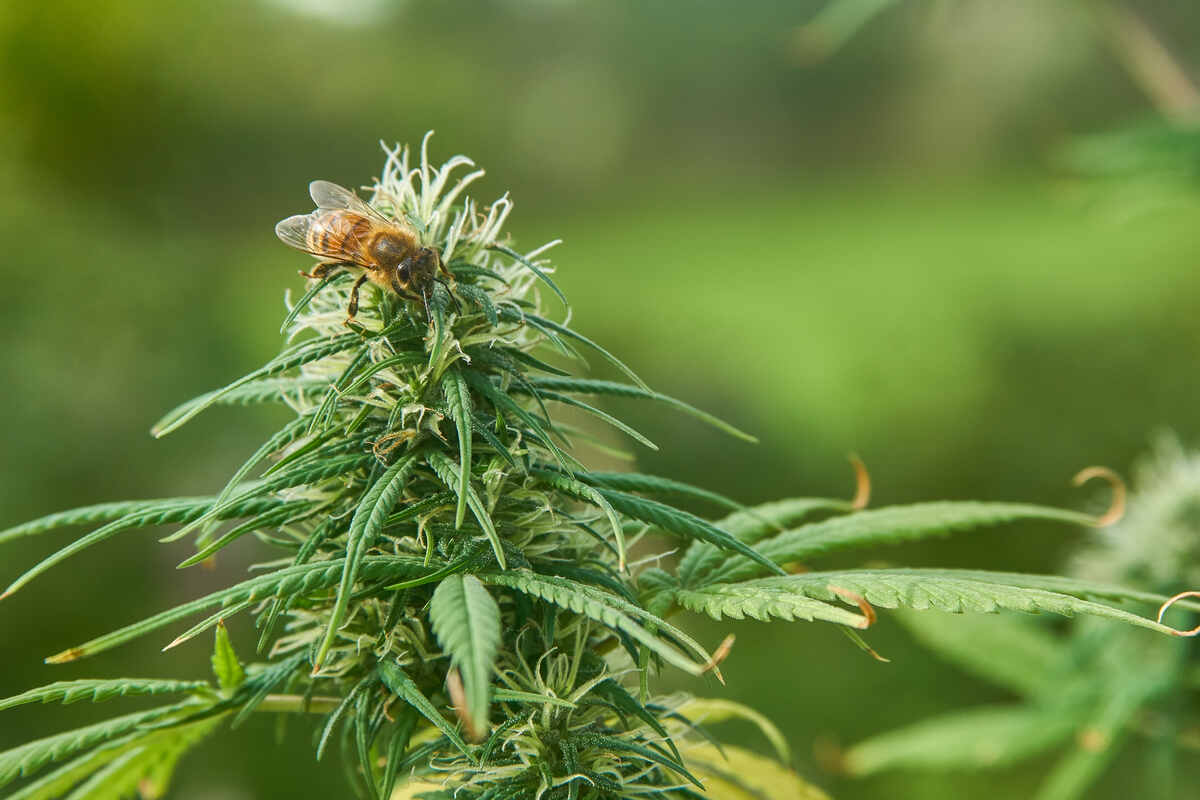Cannabis plant breeding is a complex art requiring careful preparation and attention to detail. Cannabis plants must be both male and female in order to breed.
By examining the tiny node under the branch of the cannabis plant, which is home to the sex organs, you can determine the sex of a plant. Pollen sacs are found on male plants, while wispy tiny hair-like pistils are found on female plants.
Female plants will create seeds inside the buds you ordinarily smoke if male plants are allowed to pollinate them. Every seed develops into a different phenotypic strain.
When hybridizing, a breeder normally searches for the best elements and qualities of each cross. They are looking for a true 50/50 hybrid or, depending on their objectives, perhaps a 75/25 hybrid.
There are two main approaches to cannabis breeding that you should think about:
First Approach – Reversals
To reverse a female clone of a strain you want to cross, spray it with Silver Thiosulfate in the first few days of flowering. This will turn the plant into a male plant. After that, you can utilize the male plant to pollinate the female plants you want.
This approach has the advantage of simplifying the qualities you wish to pass on to your cross. Once the previous generation has been collected and sampled, you can take clones from your female plants and pick your best ones to reverse and breed.

Second Approach – Playing with Dudes
The second approach comprises popping ordinary, unfeminized seeds and separating the sexes. Then you would choose a robust male and employ it to pollinate the female plants you had chosen.
However, it can be difficult to choose a powerful male. Your only indicator early on is stem rubs. Pollen sacks are another sign that appears later in life.
Once you’ve chosen your male plant, you can either gather the pollen and fertilize the female plants as desired or maintain the plants together in the same space until seeds develop. This approach is more challenging, particularly in a constrained home environment.
Many commercial breeders use the first approach because it is less likely to cause timing issues or result in the selection.




